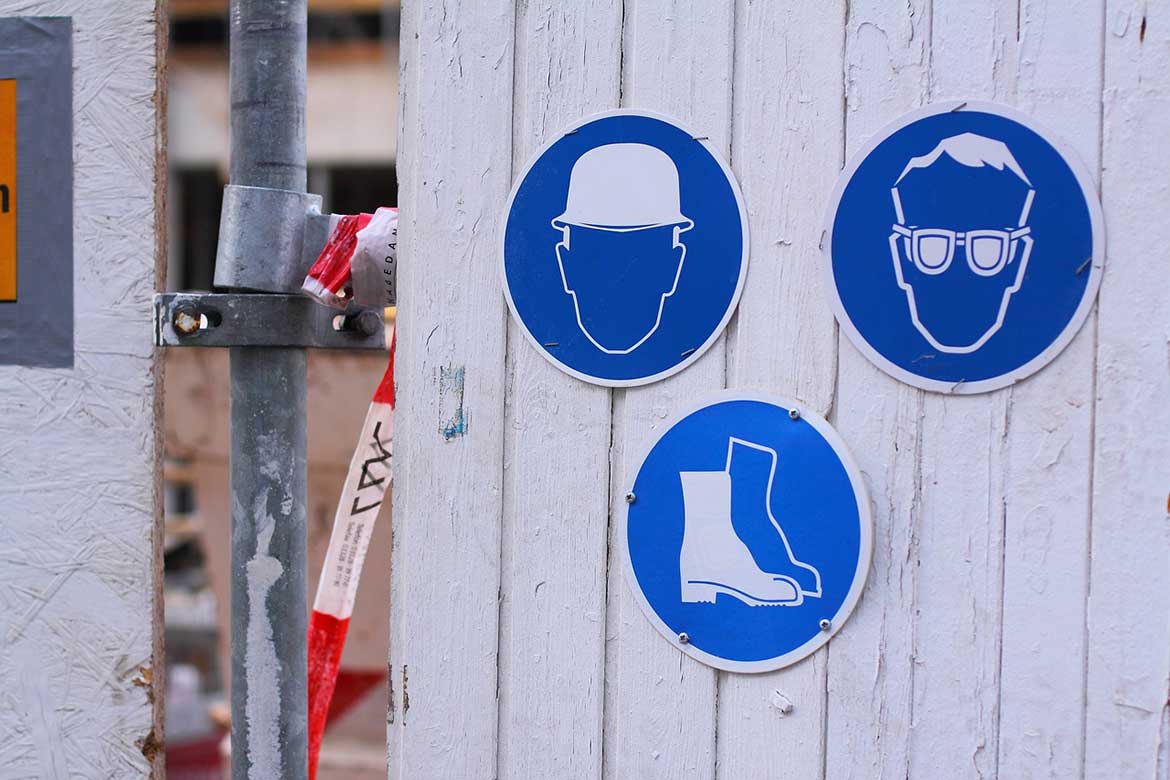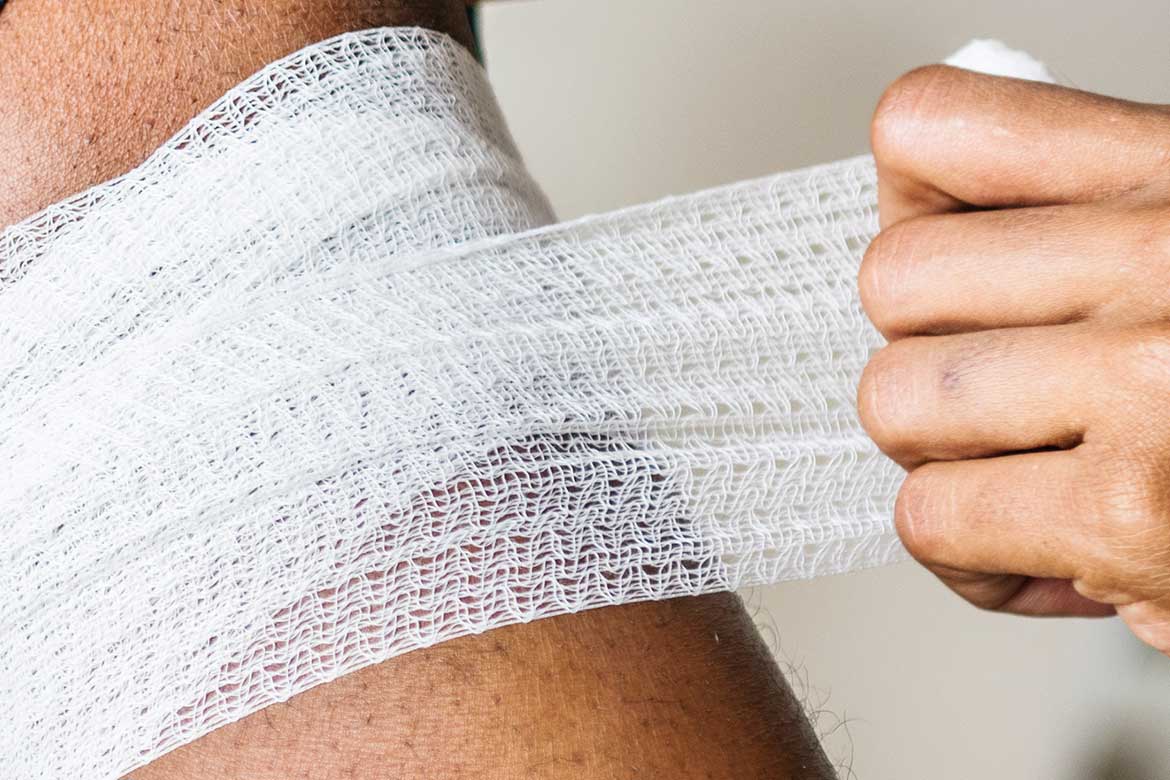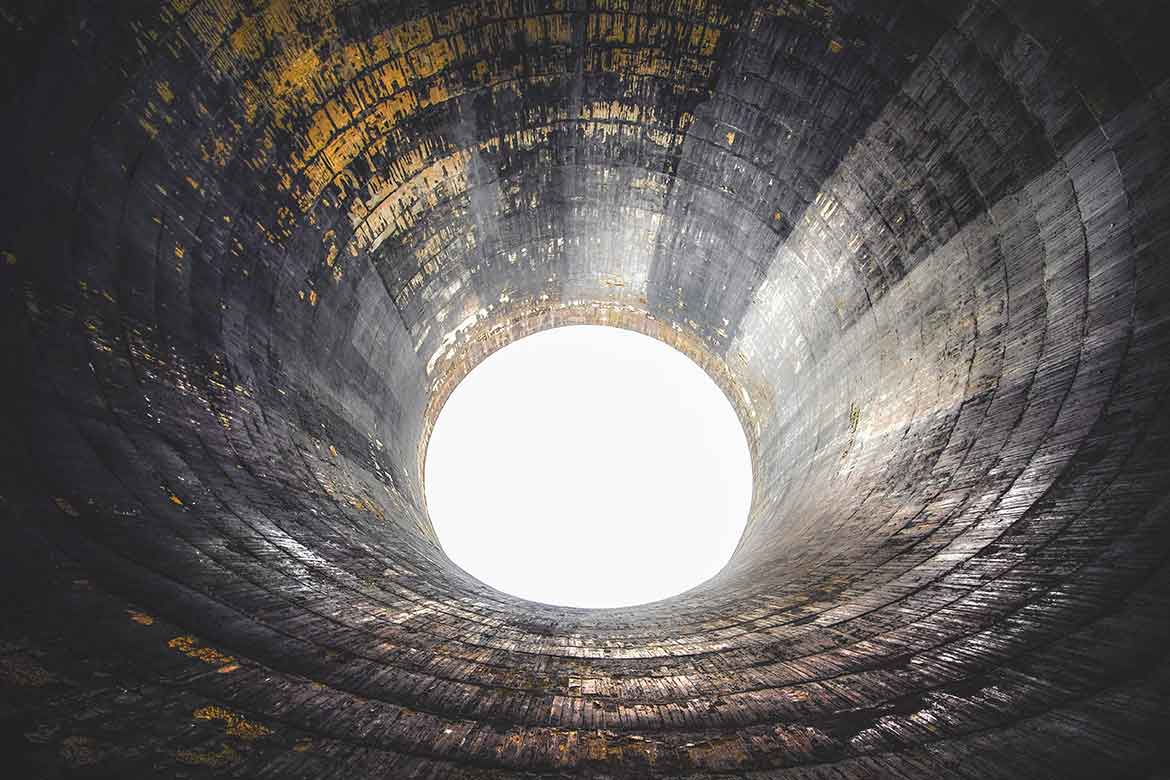Blog
Management
17th January, 2024 - Management
What Is PPE In Health And Safety?
PPE stands for Personal Protective Equipment. In health and safety, you wear PPE to keep yourself safe. It protects the wearer from health and safety hazards and is a last line of defence. Examples of PPE include hard hats, safety footwear, hi-viz clothing, ear defenders, safety goggles, and gloves.
Read Post9th January, 2024 - Management
Why People Ignore Health And Safety Rules (And 9 Ways To Fix It)
You can avoid accidents and ill-health at work when you work safely. So why do employees ignore health and safety rules when it puts them and other people in danger? And how can you fix it and stop people from breaking the rules?
Read Post3rd January, 2024 - Management
What Is Health And Safety?
Health and safety is about preventing harm. It means keeping people safe and healthy. In this introduction to health and safety, we'll look at the need for health and safety, and the moral, legal and financial arguments for health and safety at work.
Read Post12th December, 2023 - Management
The Differences Between LOLER And PUWER
LOLER and PUWER are two sets of health and safety regulations. The Lifting Operations and Lifting Equipment Regulations (LOLER), and the Provision and Use of Work Equipment Regulations (PUWER). When does LOLER apply? When does PUWER? And when do both? What are the similarities and differences?
Read Post6th December, 2023 - Management
Prevent An Accident Tomorrow By Reporting One Today
Accidents are preventable. But they do say hindsight is a wonderful thing. It's easier to look back and see that there was a better way, once you have learned from your mistakes. Accident and near-miss reporting can be a proactive safety measure, preventing future accidents.
Read Post30th November, 2023 - Management
The Consequences Of Setting A Bad Health And Safety Example
If you set a bad health and safety example, you'll struggle to create a believable health and safety message within your business, and your health and safety culture will suffer. Here are five ways you might undermine your health and safety message and set a bad health and safety example.
Read Post28th November, 2023 - Management
The Powers Of A HSE Inspector
HSE inspections are carried out by people called HSE inspectors. These health and safety experts are employed by the HSE to check that workplaces are complying with health and safety laws. To carry out their work HSE inspectors have several legal powers. Here are the powers of a HSE inspector.
Read Post16th November, 2023 - Management
How To Grow A Positive Health And Safety Culture
Your health and safety culture is something that can't be seen and is difficult to measure. But every business has one, and it could be good or bad. Growing a positive health and safety culture is one of the best ways to improve health and safety performance.
Read Post19th October, 2023 - Management
The First Aid Appointed Person Role And Responsibilities
The first aid appointed person isn't a first aider. But they still have an important role in your first aid cover at work. So when can you use the appointed person? First, you need to understand what an appointed person is, and their responsibilities.
Read Post3rd October, 2023 - Management
The ALARP Principle With 5 Real World Examples
ALARP stands for as low as reasonably practicable. It's written into a lot of health and safety regulations, in several different ways. But how do we apply ALARP in the real world? And what is reasonably practicable anyway? First, we need to understand the meaning of ALARP.
Read Post8th August, 2023 - Management
The Definition Of A Confined Space And 20 Examples
A confined space is any enclosed place with limited access, and so is a higher-risk environment to work in. Confined spaces can be above or below ground, fully or partially enclosed. In this blog post, we explain confined spaces, with definitions and examples.
Read Post25th July, 2023 - Management
14 Causes Of Slips Trips And Falls In The Workplace
Around 30% of workplace injuries are caused by slips, trips and falls on the same level. But what's causing this huge amount of accidents at work? Here are 14 causes of slips trips and falls that led to around 170,000 injuries in the UK last year.
Read Post- ← Previous
- 3 (current)
- Next →










